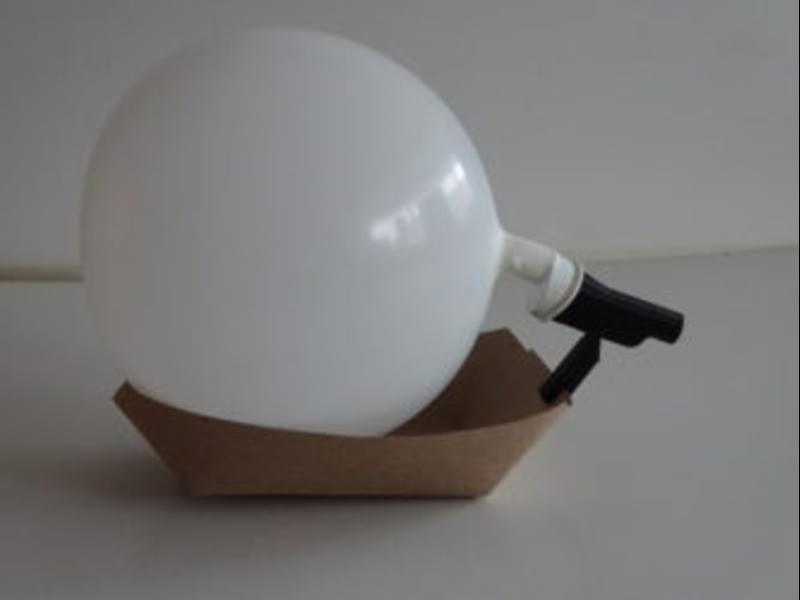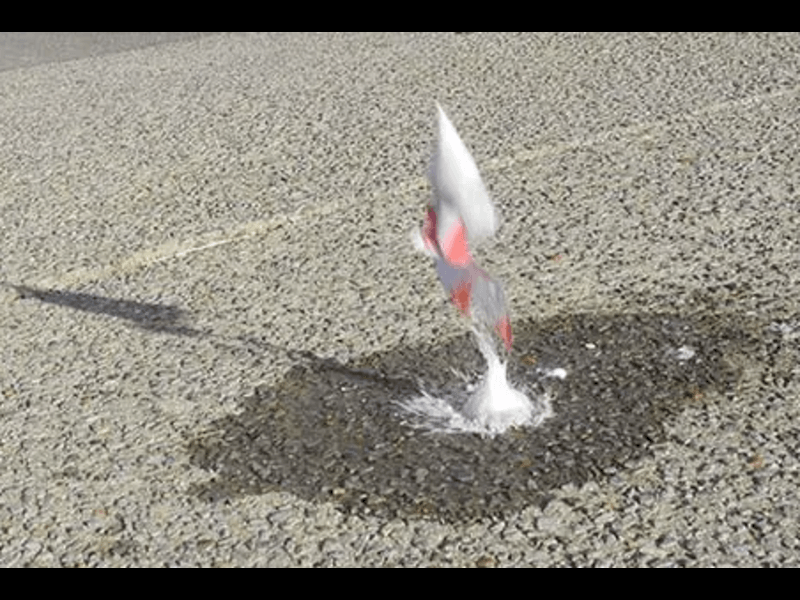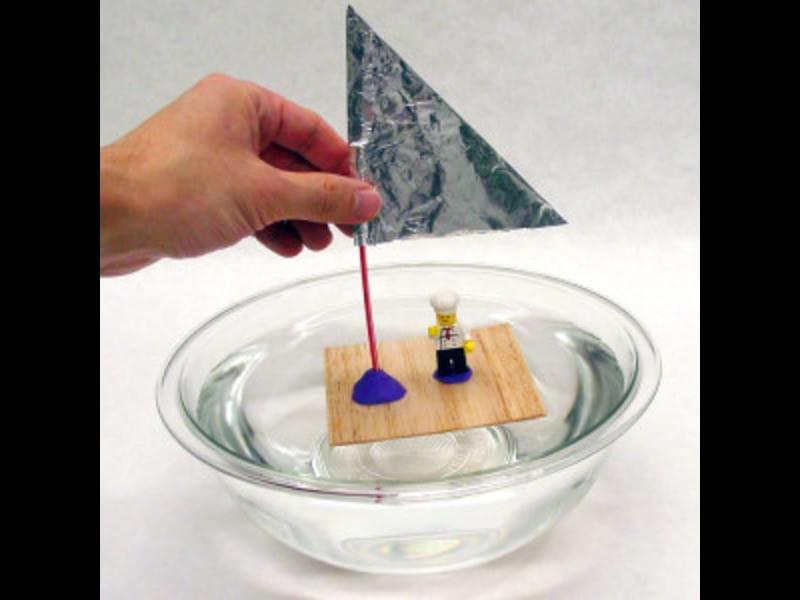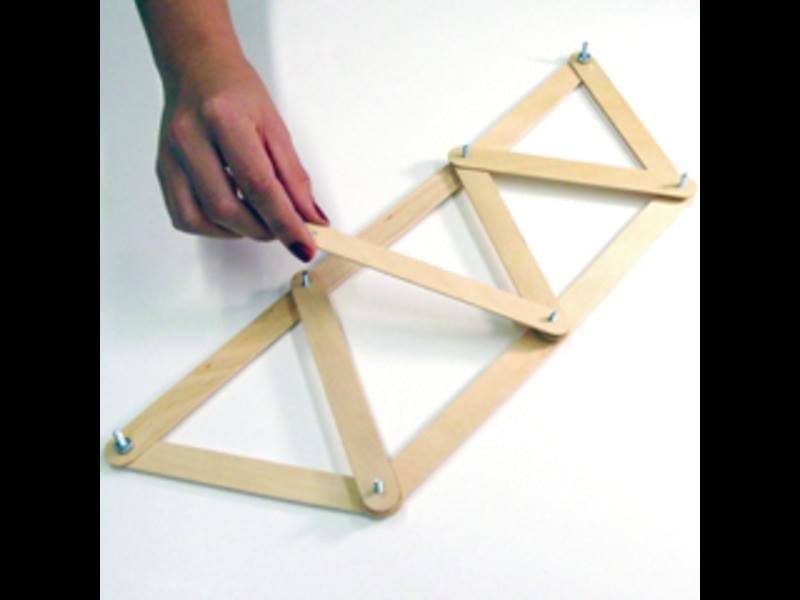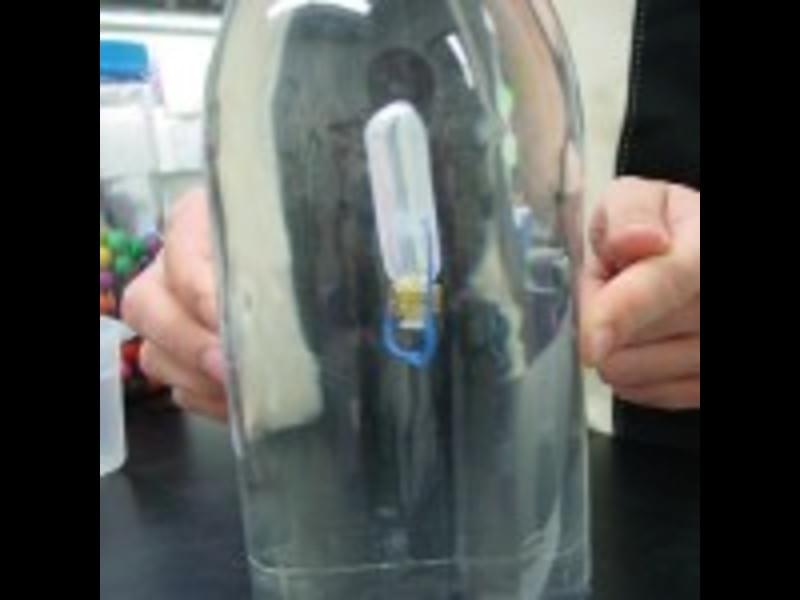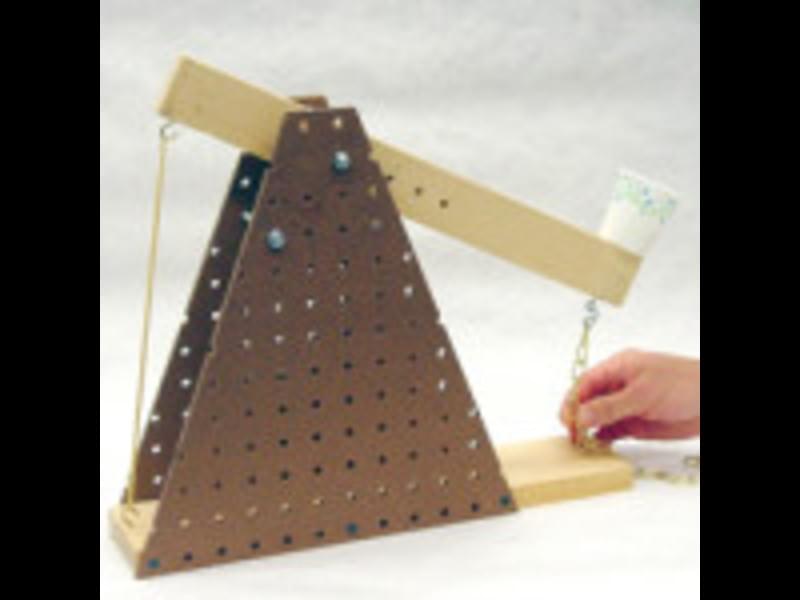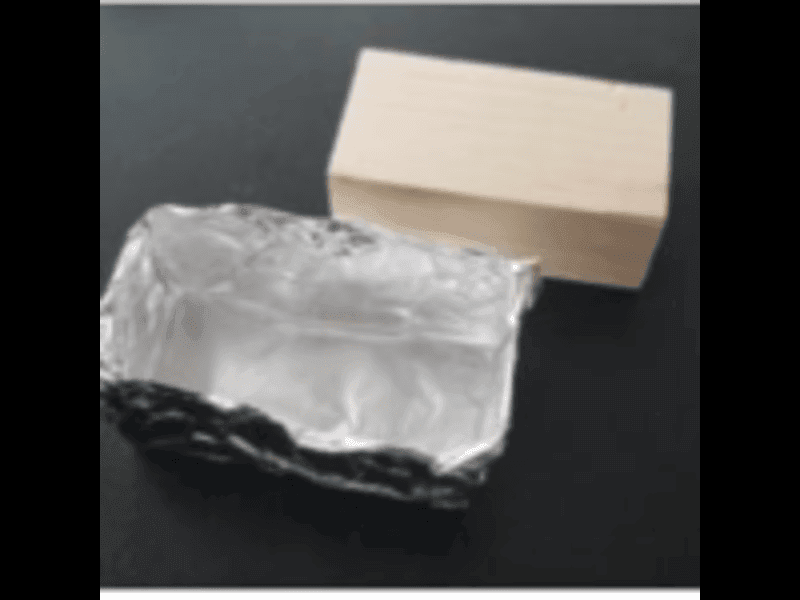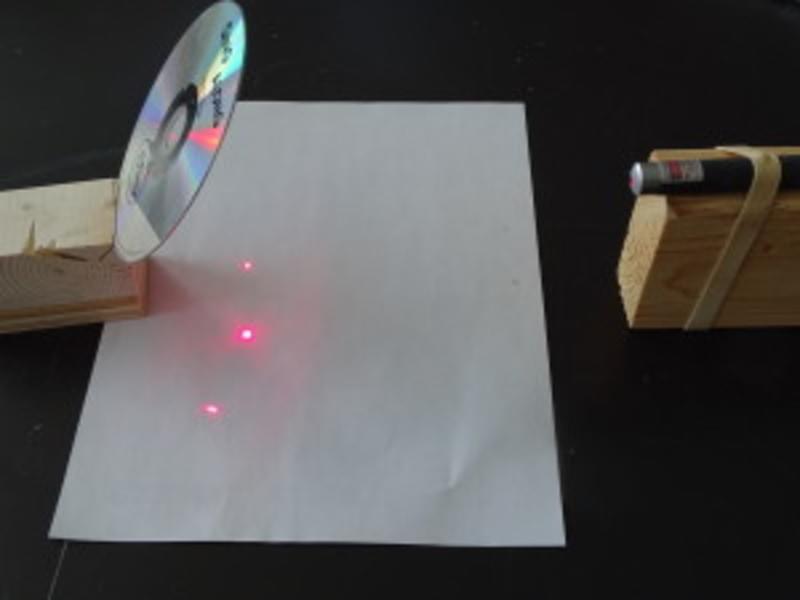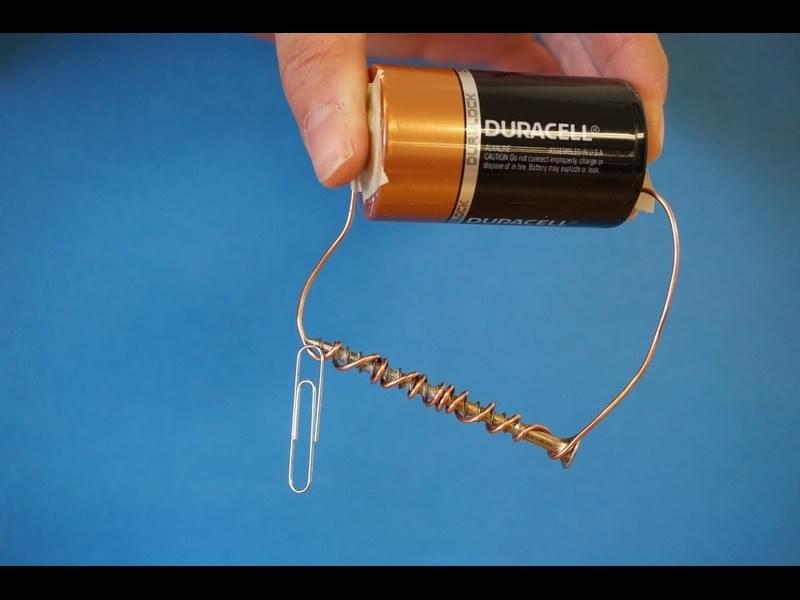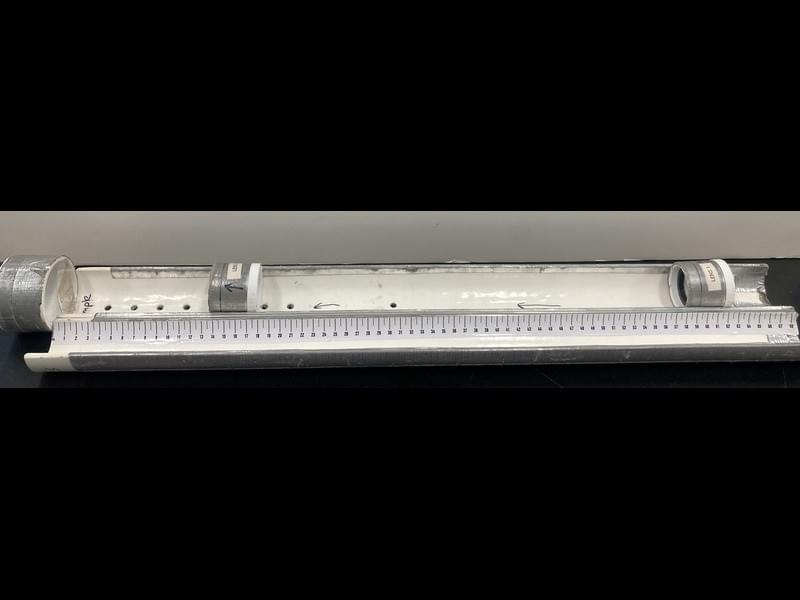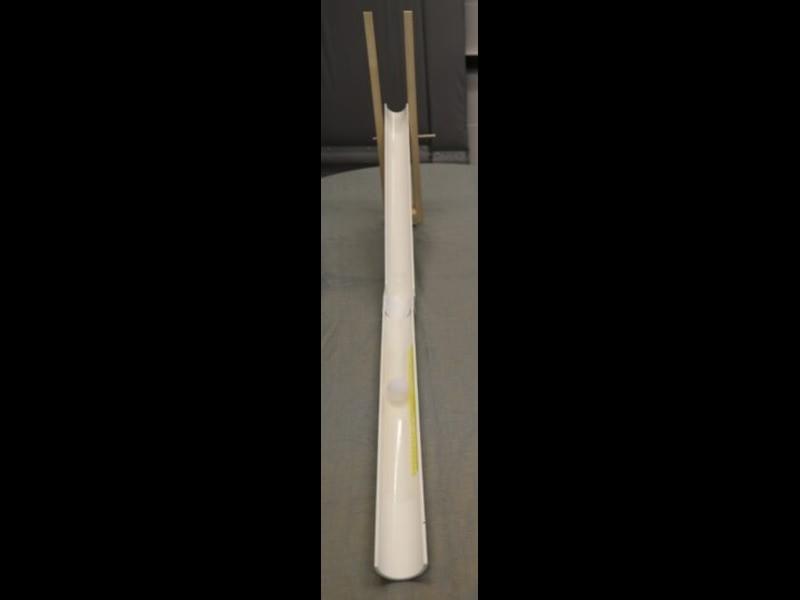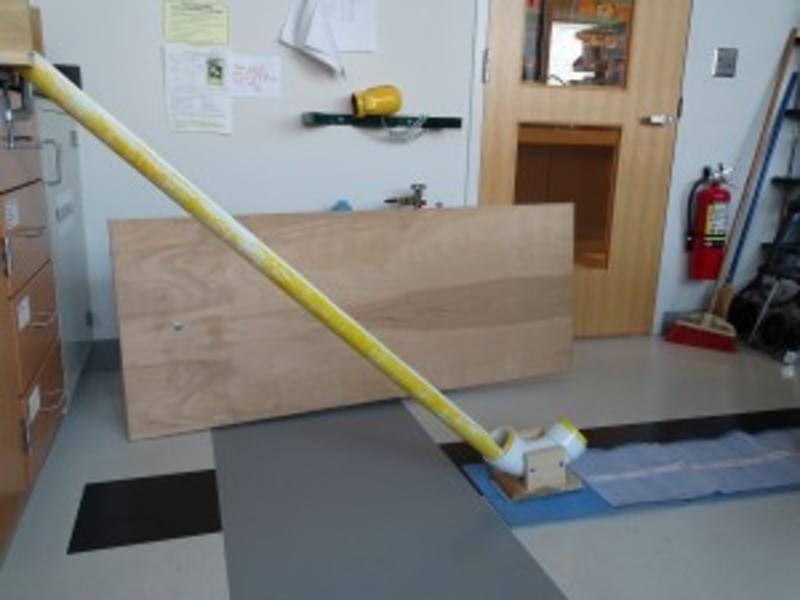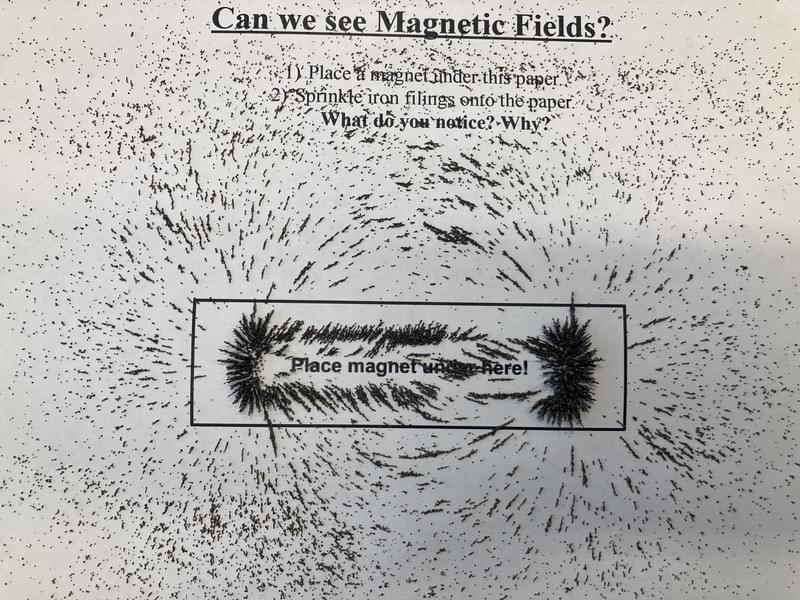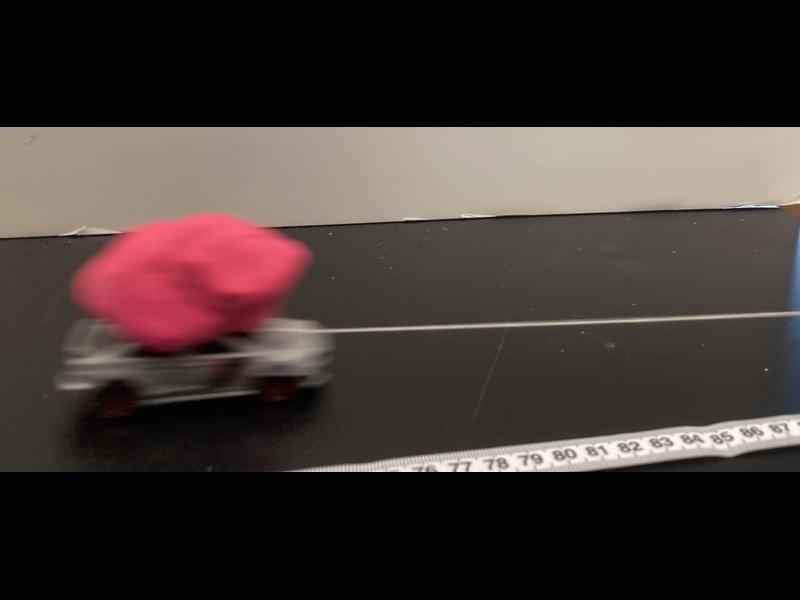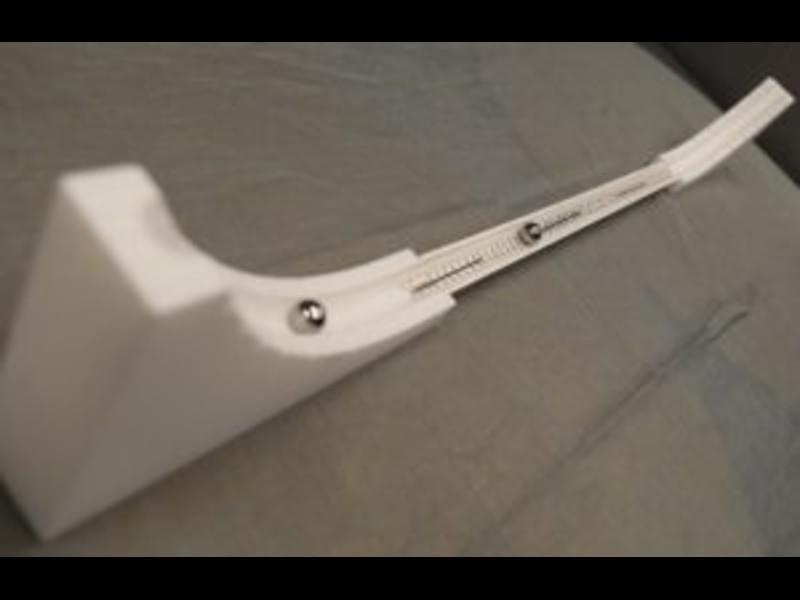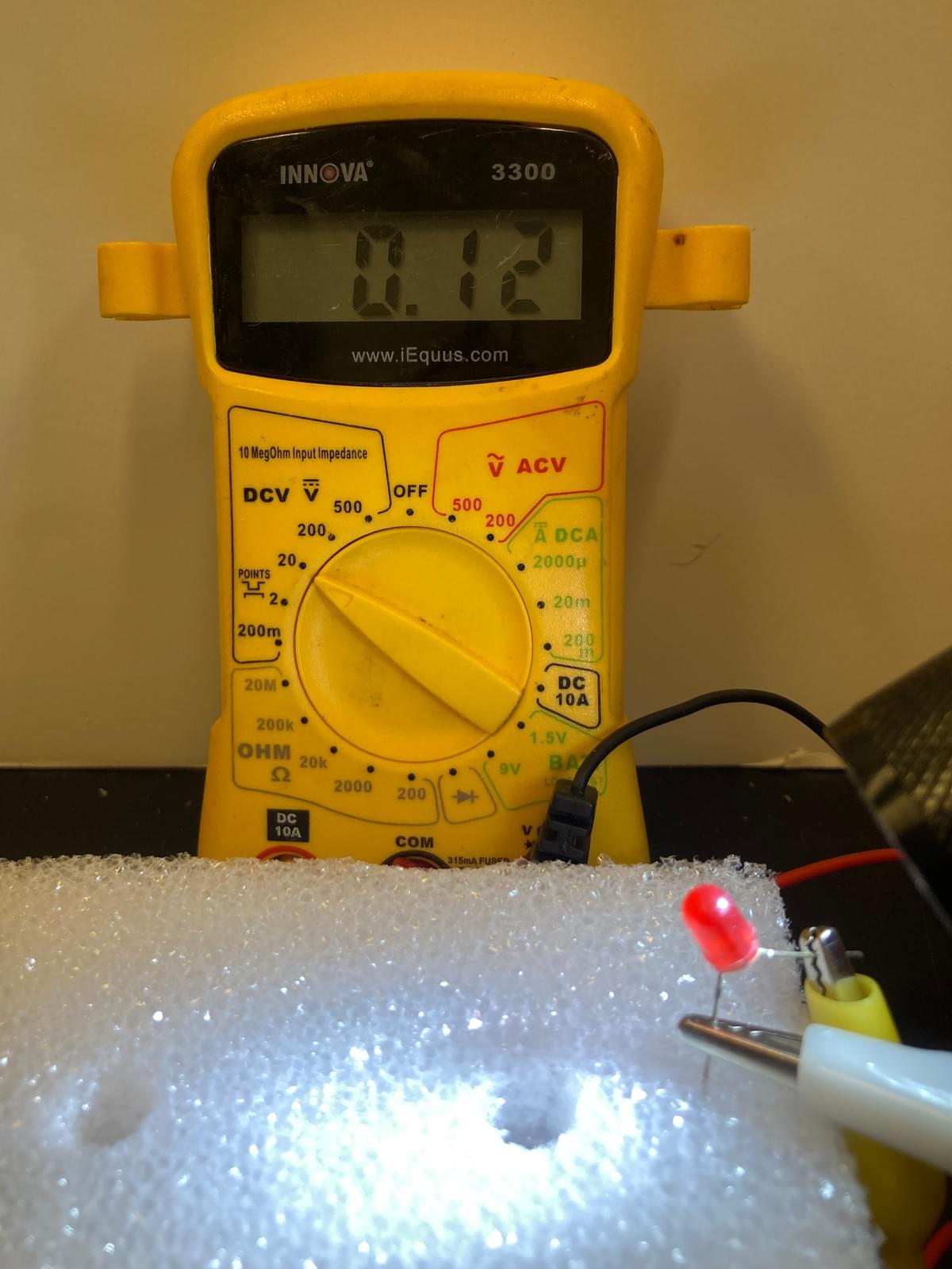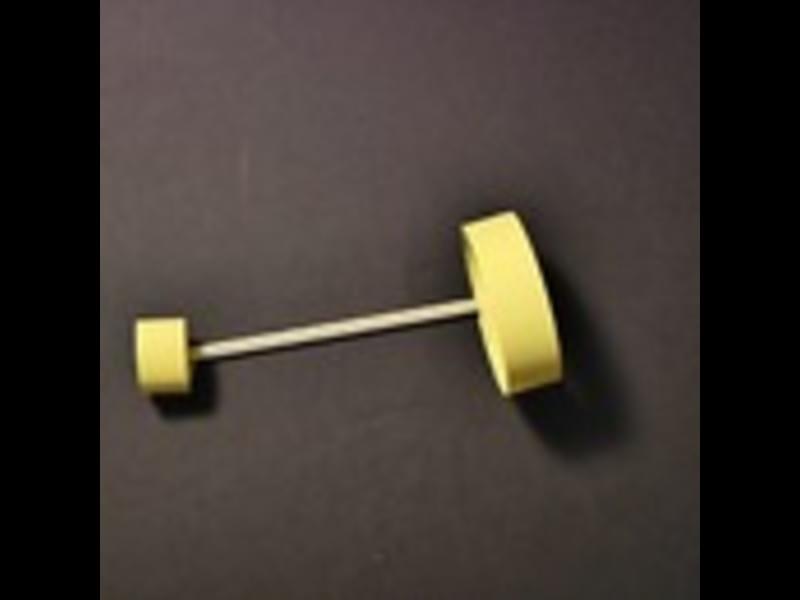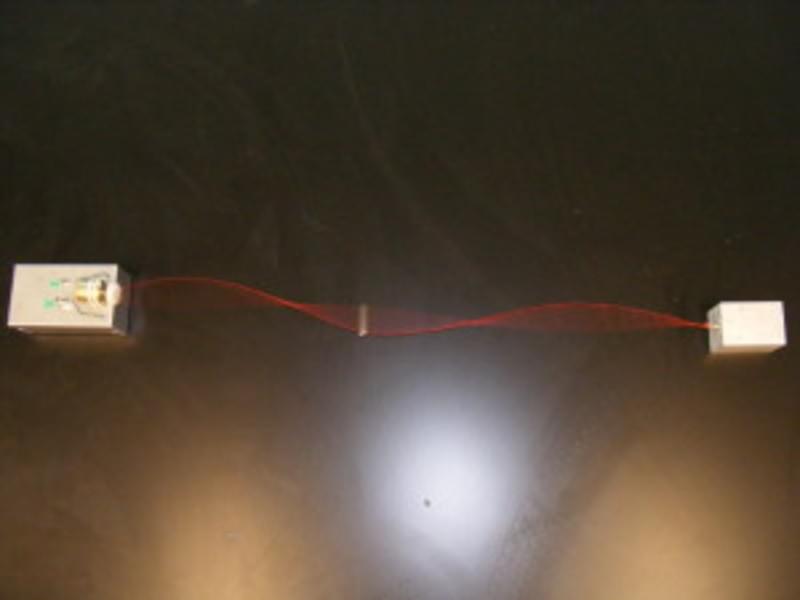

- Login
- ESR
- Outreach
- Facilities
- …
- ESR
- Outreach
- Facilities

- Login
- ESR
- Outreach
- Facilities
- …
- ESR
- Outreach
- Facilities

Physics Activities

What causes an object to move? Learn about Newton’s 3 Laws of Motion, while constructing and testing airboats.
Grade Levels: 3-8

How does a rocket work? Launch a rocket using a film canister and an alka-seltzer tablet. Students will be able to observe and understand how the laws of motion apply to their rocket. They will also investigate how a variable might affect the flight of it.
Grade Levels: 3-8

How do boats float? Classify different materials and see which ones float or sink. Use this knowledge of materials to engineer your own boat and see how much weight you can carry. Students can be introduced to the concept of buoyancy.
Grade Levels: K-6

Bridge Building Activities
How is a bridge able to support all that weight and what does Physics have to do with them? Elementary and Middle School students can examine the forces that affect bridges, learn the advantages and disadvantages between different types of bridges, and build their own bridge to meet certain specifications. High School students will apply Newton’s Laws in designing a bridge by using free body diagrams and Hooke’s Law to choose an appropriate bridge design and material for the project. To use engineering skills to build and test a bridge.
Grade Levels: 3-8 & 9-12

What is Archimedes’ Principle and how does it apply to me? Learn about this famous discovery and why objects are able to float. Students will also work on their measuring skills for mass and volume. They will apply these concepts by constructing a Cartesian diver.
Grade Levels: 3-6

How does a catapult work? Introduce your students to levers, as well as potential and kinetic energy. Elementary and Middle School students build a basic catapult that hurls marshmallows at targets. They will then test variables to engineer the most accurate catapult. A great tie-in with ancient and medieval history. High School students get experience in engineering by reading a blueprint to construct a Trebuchet.
Grade Levels: 3-8 & 9-12

What is materials science? Students will measure and characterize the properties of different materials. They will create a superhero that incorporates these material properties into special superpowers.
Grade Levels: 2-5

How can you identify a material? Students will measure and observe the relationship between mass and volume and how materials have a specific ratio. They will then apply this to calculating the amount of load a boat can hold and testing out the best boat design.
Grade Levels: 4-8

What happens when a wave encounters an obstacle? Learn about principles of light and light waves. Discover how diffraction and interference of light waves can be used to measure things.
Grade Levels: 9-12

Students will build their own moisture sensor. They will learn how the circuit works and the role that
resistors and logic gates play. They will use the sensor to test its sensitivity to soil moisture and look at how a variable affects soil moisture over time.Grade Levels: 9-12

How can an electric current produce a magnetic field? How can a magnet produce a current? Students will explor e these concepts as they test outdifferent variables to create the strongest electromagnet.
Grade Levels: 6-12

How does a microscope magnify an object? Students will learn about lenses, build their own microscopes, and calculate the magnification for it.
Grade Levels: 6-12

Which tape is stickiest? Students will test to find out which tape has the most friction by rolling a ball down a ramp and measuring the stopping distance. They will also use data to
predict stopping distances.Grade Levels: 4-12

What is the scientific method? Students will learn about this process by launching tennis balls into the air. They will make predictions, collect data, make a graph, and come up with answers based on their results.
Grade Levels: 3-5

How does light behave? Have your students figure out the different ways that light can behave with hands-on activities. Middle school students will experiment with mirrors to look at the law of reflection. High school students will learn about non-destructive material testing by using diffraction to calculate the gap between two acrylic blocks.
Grade Levels: 6-8 & 9-12

How do we store information? Students will learn how hard drives work; review basic principles of magnetism and understand how digital electronics store information in binary.
Grade Levels: 6-8

Introduce magnetism to young children. Explore which objects are magnetic and which are not; learn about magnetic poles and which magnets are strongest.
Grade Levels: K-2

What is a Moiré pattern and how are they created? Students will discover how sounds can create patterns and then look at how 2D layers can also create patterns. They will then test different variables to see how they affect the Moiré pattern.
Grade Levels: 6-12

What is the relationship between Force, Mass, and Speed? Students will alter these variables, using Matchbox cars, to see if they can prove the second law of motion.
Grade Levels: 6-9

What happens when objects collide? Students will explore how energy changes when objects collide by rolling marbles on a ramp.
Grade Levels: 4-12

What is the photoelectric effect and how is it significant? Students will explore this important discovery and use it to measure Planck’s Constant.
Grade Levels: 10-12

How are airplanes able to overcome gravity to fly in the air? Students will perform some demos to learn about Bernoulli’s Principle.They will then construct a hoop airplane and look at how a variable affects its flight, as well as what forces are
acting on the plane.Grade Levels: 3-8

What is electrical resistance? Have your students use a resistance tube to find out what factors affect the resistance of a wire.
Grade Levels: 7-12

What are waves? Elementary students can explore the parts of a wave using a wave generator. They explore how to communicate information using waves. Middle school students are introduced to longitudinal and transverse waves while building an instrument to create different sounds.
Grade Levels: 3-5 & 6-9

